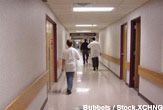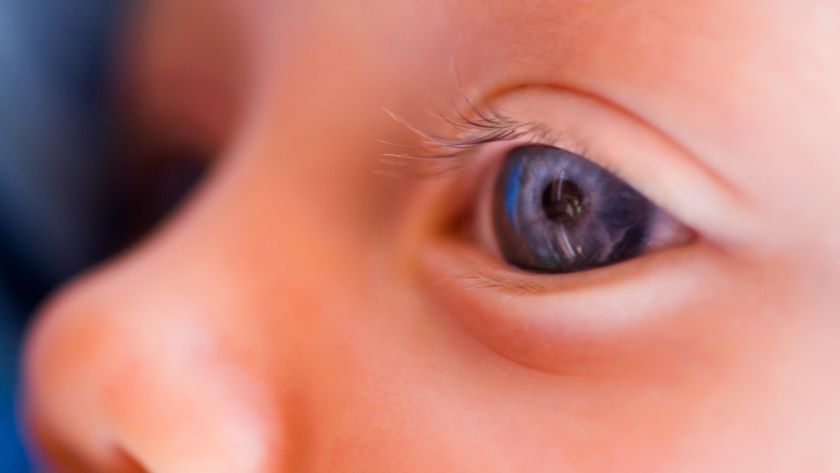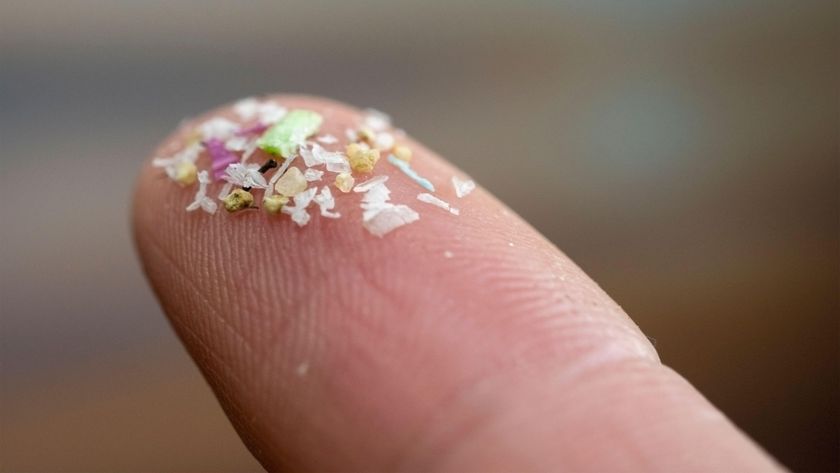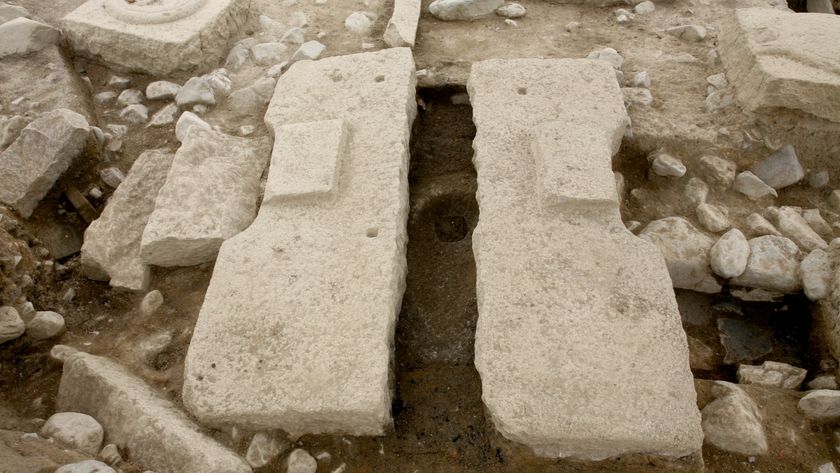Hospitals Getting Noisier, Threatening Patient Safety

Hospitals have grown noisier over the past 50 years, with sounds in patients room that rival that of a jackhammer.
The noise is preventing patients from sleeping and slowing their recovery. And it is stressing out the staff and potentially raising the risk of medical mistakes, researchers said Monday.
A new study of hospitals around the world found that the electronic beeps, loudspeaker announcements and rumbles from heating and cooling systems all contribute to a growing and pervasive noise problem that varies little from one facility to another.
The decibel level at a typical hospital during the day has risen from 57 in 1960 to 72 today. At night, the noise level has gone from 42 to 60 decibels since 1960. Some sounds soar to much louder levels.
Guidelines from the World Health Organization call for a maximum of 35 decibels.
Little being done
"People have been complaining about hospital noise for years, but little has been done about the problem," said study co-leader James West of Johns Hopkins University.
Sign up for the Live Science daily newsletter now
Get the world’s most fascinating discoveries delivered straight to your inbox.
In fact a Brown University study back in 1997 recognized the problem. Overnight beeps that exceeded 80 decibels "markedly disrupted the sleep of patients," that study concluded. The researchers recommended then that hospitals modify sounds to lower the noise level.
Instead, the problem has gotten worse.
A Mayo clinic study at one facility last year measured peak noise levels during overnight hours at 113 decibels -- roughly equivalent to a chainsaw or a jackhammer
The risks
But few other studies have been conducted. The new report out of Johns Hopkins involved two years of monitoring at various facilities. Among the other findings:
Much of noise is in the same frequency range as human speech, forcing doctors and nurses to speak even louder to be heard, which creates even more noise. The commotion is making it difficult to use voice recognition software, which many hospitals are trying to implement in an effort to automate some tasks.
"A noisy intensive care unit introduces patient, family and staff dissatisfaction," said Stephanie Reel, vice president and chief information officer for Johns Hopkins Medicine. "It has also been reported that noise can contribute to lapses in short-term memory, which could then introduce safety concerns."
The study does not cite specific mistakes blamed on noise. But other studies have made the link. In one study of 23 deaths and injuries in hospitals, the Joint Commission on Accreditation of Healthcare Organizations found distracting noise to be a factor in some cases.
"There is evidence that the high sound levels in the hospital contribute to stress and burn-out in hospital staff," West and his colleague, Ilene Busch-Vishniac, write. "Further, there is some evidence that noise negatively affects the speed of wound healing. Additionally, there is legitimate concern that hospital noise could negatively affect speech communication and cause increased numbers of medical errors.
Solutions suggested
West and Busch-Vishniac also tested some solutions, with success.
Use of personal communicators cut loudspeaker pages from one every five minutes to one an hour.
Patient rooms typically don't have acoustical ceiling tiles because they provide a hiding place for infectious organisms. So the researchers wrapped fiberglass insulation inside an anti-bacterial fabric and attached them walls and ceilings, reducing the reverberation of sounds.
The Mayo Clinic study last year had these suggestions:
- Put padding in chart holders outside patient rooms.
- Replacing noisy roll-type paper towel dispensers with silent folded-towel dispensers.
- Keep patient doors closed.
- Lower volumes on warning devices in patient rooms while adding redundant alarms in the nurses' station.
Some serious engineering will be needed to quiet one of the main noisemakers.
"The majority of hospital noise problems, particularly involving the air handlings systems, are not that easy to fix," West said.
The research was presented last month at a meeting of the Acoustical Society of America and will be detailed in an upcoming issue of the organization's journal of the same name.
Robert is an independent health and science journalist and writer based in Phoenix, Arizona. He is a former editor-in-chief of Live Science with over 20 years of experience as a reporter and editor. He has worked on websites such as Space.com and Tom's Guide, and is a contributor on Medium, covering how we age and how to optimize the mind and body through time. He has a journalism degree from Humboldt State University in California.
Most Popular




